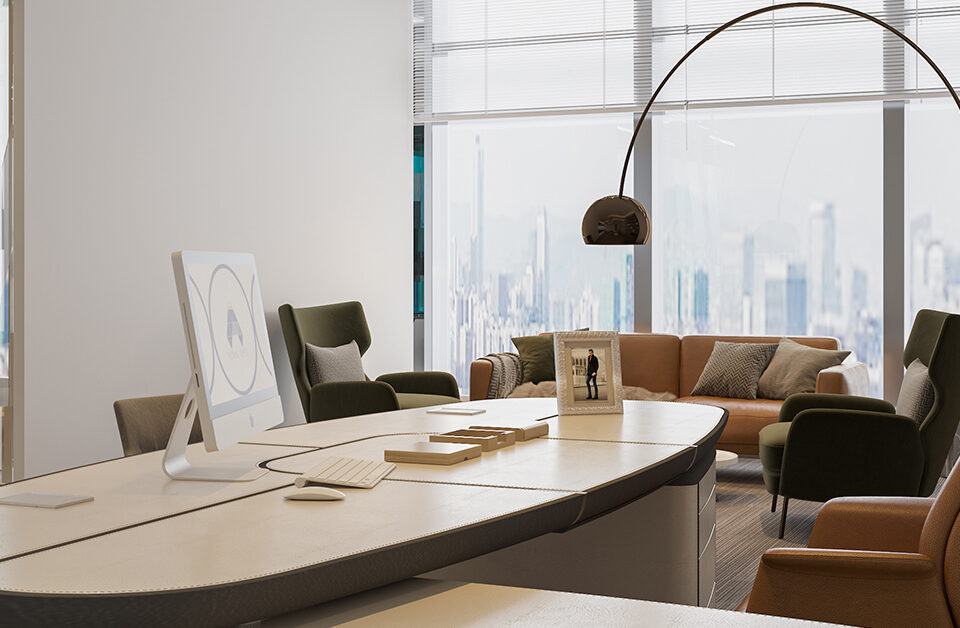
Maintaining Your Investment: Tips for Keeping Your Interior Design Looking Great
March 25, 2024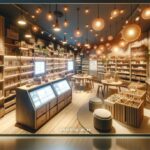
Small Business Success Story: Retail Design on a Budget
March 28, 2024Hidden Gems: Unveiling the Creative Process Behind a Design
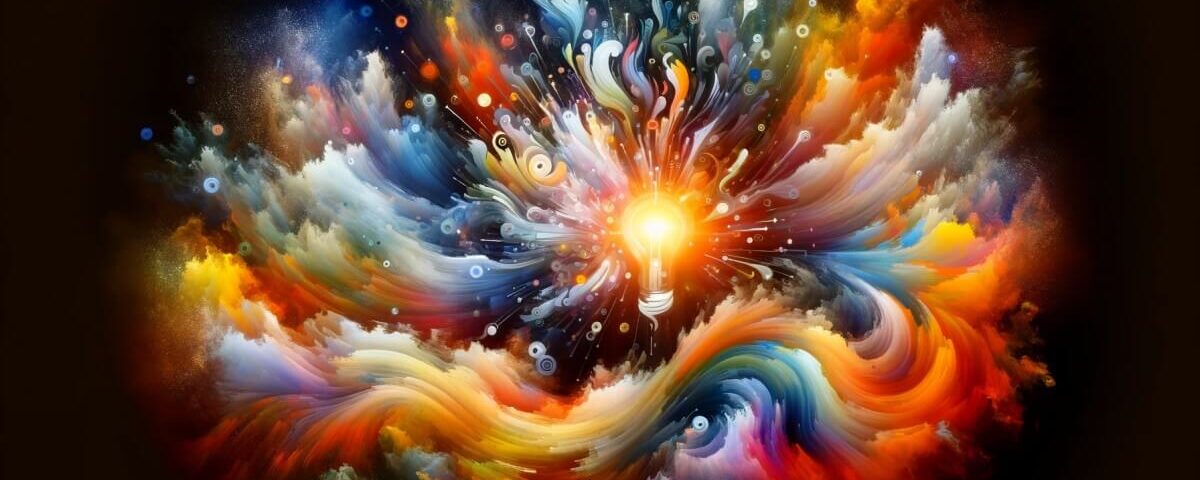
Design sits at the crossroads of art and technology, marrying aesthetic appeal with practicality and forward-thinking ideas. Every memorable piece of design tells a story, one of inspiration, determination, and a quest for perfection. However, the nuances of the design journey often remain hidden, accessible only to those who create. This article aims to demystify the creative voyage that leads to design innovations, shedding light on the hidden intricacies that define our built environment.
Table of Contents
The Spark of Inspiration
The Role of Inspiration
Inspiration acts as the invisible muse for design endeavors, springing from the most unforeseen places. Whether it’s the organic curve of a leaf, the vibrant life of an urban scene, or a poignant verse, inspiration is about engaging with the world in a manner that ignites creative thought and innovation.
Case Studies
Take the iconic Eames Lounge Chair, an epitome of modern furniture design. The comfort and familiarity of a worn baseball glove were what inspired Charles and Ray Eames to create a chair that epitomizes comfort and style. Similarly, the minimalist art movement partly influenced the sleek functionality of the Apple iPhone, showcasing how cross-disciplinary influences can lead to revolutionary designs.
Expert Insights
Paula Scher, a celebrated graphic designer, describes the creative process as a delicate dance between certainty and exploration, underscoring the balance between intuition and knowledge. Industrial designer James Dyson articulates that creativity is about embracing errors. Design, then, becomes an exercise in discerning which mistakes to incorporate into the final product.
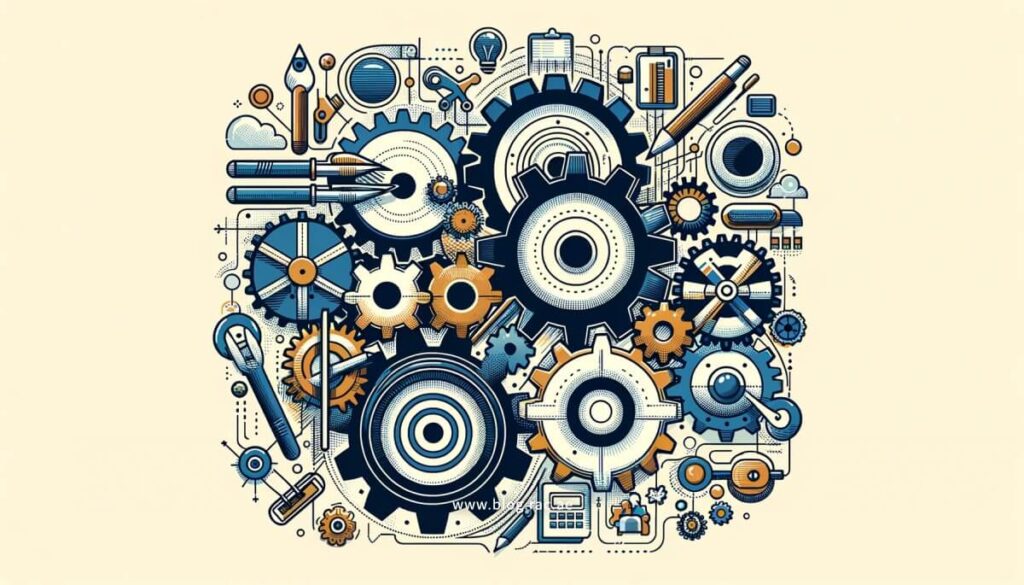
Conceptualization and Ideation
Brainstorming Techniques
The genesis of a design project is a whirlwind of ideas, where the focus is on volume over precision. Designers employ a variety of brainstorming techniques, such as mind mapping or SCAMPER, to widen their creative horizons. Collaboration tools like Miro or Milanote enable teams to dynamically visualize and evolve ideas together, fostering a rich environment for creativity.
Sketching and Prototyping
From simple paper sketches to advanced digital models, transitioning from concept to prototype is a critical phase. Sketching allows for rapid experimentation, whereas prototyping materializes concepts for testing and refinement. The advent of 3D printing and virtual reality technologies provides designers with unparalleled capabilities to visualize and iterate on their ideas.
Iterative Design
Design by its nature is iterative, involving cycles of creation, assessment, and modification. Each cycle refines the concept, integrating input from users, clients, and collaborators to ensure the design not only looks appealing but also fulfills its intended purpose and offers an engaging user experience.
The Tools of the Trade
Software and Technology
Today’s designers have at their disposal an array of powerful tools that shape the design landscape. Graphic and digital design are bolstered by software like Adobe Creative Suite, Sketch, and Figma, while product and industrial design benefit from CAD tools such as AutoCAD and SolidWorks for detailed modeling and simulation.
Material Innovation
The choice of materials is critical, affecting both the aesthetic and functional qualities of a design. Advances in materials science, like biodegradable composites and self-healing substances, are paving new paths for design innovation. Designers are leveraging these materials to push the limits of what’s possible, exploring new forms and functionalities.
Sustainability in Design
Sustainability has emerged as a key principle in design, influencing every decision from material selection to production techniques. The cradle-to-cradle philosophy advocates for designs that can be completely reclaimed or repurposed, reducing waste and encouraging a sustainable approach to design.
Collaboration and Communication
Cross-Disciplinary Teams
Modern design projects often require the collective expertise of diverse teams, including not just designers but also engineers, marketing specialists, and behavioral scientists. This collaborative model enriches the design process, merging different viewpoints and expertise to create products that are not just visually appealing but also highly functional and user-centric.
Client-Designer Relationship
The dynamic between designers and their clients is crucial for project success. Effective communication, respect, and a shared vision are the hallmarks of successful design projects. Navigating client expectations while advocating for design decisions that best serve the project requires ongoing dialogue, presentations, and constructive feedback.
Community and Feedback
The digital age has knit the design community closer, with platforms like Dribbble and Behance facilitating the sharing of work and ideas. Peer feedback and community engagement play a vital role, offering new perspectives and fostering a culture of continuous improvement. Furthermore, user feedback has become integral, especially in digital product design, where iterative testing with end-users can uncover critical insights into usability and experience.
The Final Touches
Attention to Detail
As a project nears completion, refining the minutiae becomes paramount. These details, whether it’s the tactile feel of a product or the responsiveness of a digital interface, significantly contribute to the design’s overall effectiveness and the satisfaction of the end user. The meticulous planning of Apple’s packaging experience serves as a prime example, where the tactile sensation of the box and the strategic arrangement of its contents are designed to evoke anticipation and joy.
Emotional Design
An increasing focus within the design community is on emotional design the crafting of products that evoke positive emotions and connect on a personal level with users. This transcends mere functionality, aiming to create a bond between the product and its user through thoughtful design elements that trigger feelings of well-being, attachment, and delight. Donald Norman’s exploration of emotional design highlights that products designed with emotional considerations in mind tend to be more satisfying and effective for users, underscoring the importance of emotional intelligence in design.
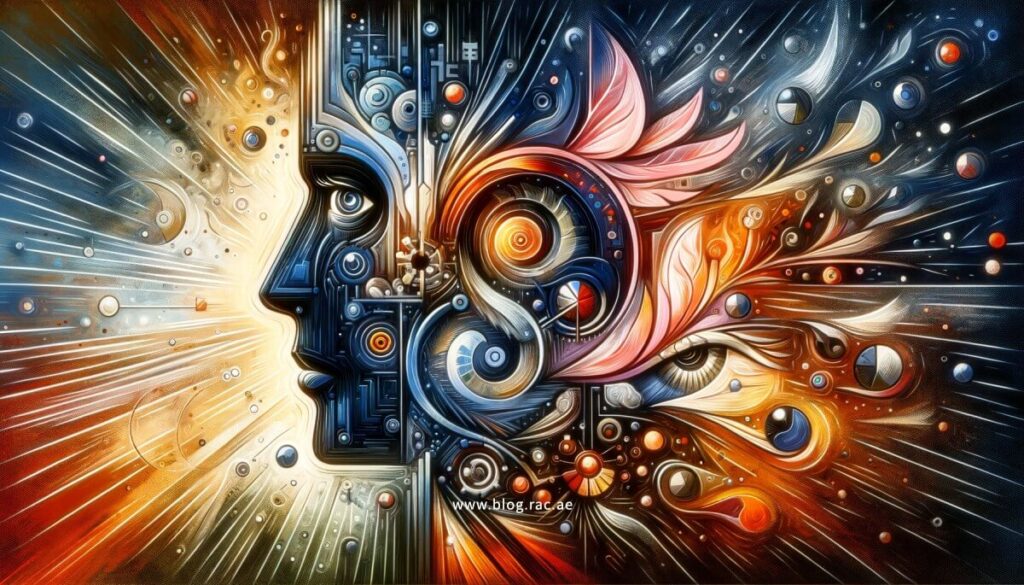
Storytelling
Storytelling infuses designs with context and meaning, transforming a simple product into a narrative that users can engage with. Through storytelling, designers communicate the purpose, vision, and values behind a brand, making abstract concepts tangible and relatable. Whether it’s through the narrative flow of a website, the aesthetic coherence of product packaging, or the user journey within an app, storytelling turns design into an experience, deepening the user’s connection to the brand and elevating the product from merely functional to profoundly impactful.
Key Takeaways: The Intricate Journey of Design
The design process is a complex and multifaceted journey that blends inspiration, collaboration, and meticulous refinement. Designers draw inspiration from diverse sources, balancing intuition and knowledge to create innovative solutions. Collaboration and community feedback play vital roles, enriching the creative process with diverse perspectives. Advanced tools and material innovations push the boundaries of design, while sustainability and emotional design ensure that products are not only functional but also meaningful and environmentally conscious. Understanding these elements allows us to appreciate the effort and creativity that go into making the world around us more beautiful and functional.
Conclusion
Traversing the creative landscape behind design unveils a process filled with innovation, collaborative synergy, and an unwavering attention to detail. From the initial flare of inspiration to the painstaking refinement of the final product, each step is a reflection of the commitment and passion that designers invest in their work. Understanding these hidden facets allows us to appreciate the complex tapestry of creativity and hard work that molds our environment, encouraging a deeper engagement with the designed world around us. Let this exploration serve as an inspiration, inviting us to see beyond the surface and recognize the invisible efforts that make our world more functional, beautiful, and humane.
FAQs
1. What is the role of inspiration in design?
Inspiration acts as the initial spark that ignites creative thought in design. It can come from various sources such as nature, urban environments, art, or even a simple object, influencing designers to create innovative and meaningful designs.
2. Can you provide an example of inspiration leading to a famous design?
The iconic Eames Lounge Chair was inspired by the comfort and familiarity of a worn baseball glove. Similarly, the minimalist design of the Apple iPhone was influenced by the minimalist art movement.
3. How do designers balance intuition and knowledge during the creative process?
Designers like Paula Scher describe the creative process as a balance between certainty and exploration, relying on both intuition and accumulated knowledge to guide their decisions.
4. What brainstorming techniques do designers use?
Designers use techniques such as mind mapping and SCAMPER to generate a wide range of ideas. Collaboration tools like Miro and Milanote help visualize and evolve these ideas dynamically.
5. Why is prototyping important in design?
Prototyping allows designers to experiment and refine their concepts. It helps in visualizing ideas, testing functionality, and making necessary adjustments before final production.
6. What role does iteration play in the design process?
Iteration is crucial in design, involving cycles of creation, assessment, and modification. Each cycle integrates feedback from users, clients, and collaborators, ensuring the design meets its intended purpose and enhances user experience.
7. What software tools are commonly used by designers?
Designers use software like Adobe Creative Suite, Sketch, and Figma for graphic and digital design, while CAD tools such as AutoCAD and SolidWorks are used for detailed modeling and simulation in product and industrial design.
8. How does material innovation impact design?
Advances in materials science, such as biodegradable composites and self-healing substances, enable designers to explore new forms and functionalities, pushing the limits of what is possible in design.
9. What is the importance of sustainability in design?
Sustainability influences decisions from material selection to production techniques. The cradle-to-cradle philosophy promotes designs that can be completely reclaimed or repurposed, reducing waste and encouraging a sustainable approach.
10. How do cross-disciplinary teams enhance the design process?
Design projects often require the expertise of diverse teams, including engineers, marketing specialists, and behavioral scientists. This collaborative model merges different viewpoints to create products that are visually appealing, functional, and user-centric.
11. What is the significance of the client-designer relationship?
Effective communication and respect between designers and clients are crucial for project success. A shared vision and ongoing dialogue help navigate client expectations and advocate for the best design decisions.
12. How does community feedback influence design?
Platforms like Dribbble and Behance facilitate sharing work and ideas, with peer feedback and community engagement offering new perspectives and fostering continuous improvement. User feedback is particularly important in digital product design.
13. Why is attention to detail important in the final stages of design?
Attention to detail significantly contributes to the design’s effectiveness and user satisfaction. Elements like the tactile feel of a product or the responsiveness of a digital interface enhance the overall user experience.
14. What is emotional design, and why is it important?
Emotional design focuses on creating products that evoke positive emotions and connect with users on a personal level. This approach aims to build a bond between the product and the user, enhancing satisfaction and effectiveness.
15. How does storytelling enhance design?
Storytelling adds context and meaning to designs, transforming them into narratives that users can engage with. It communicates the purpose, vision, and values behind a brand, making products more relatable and impactful.

